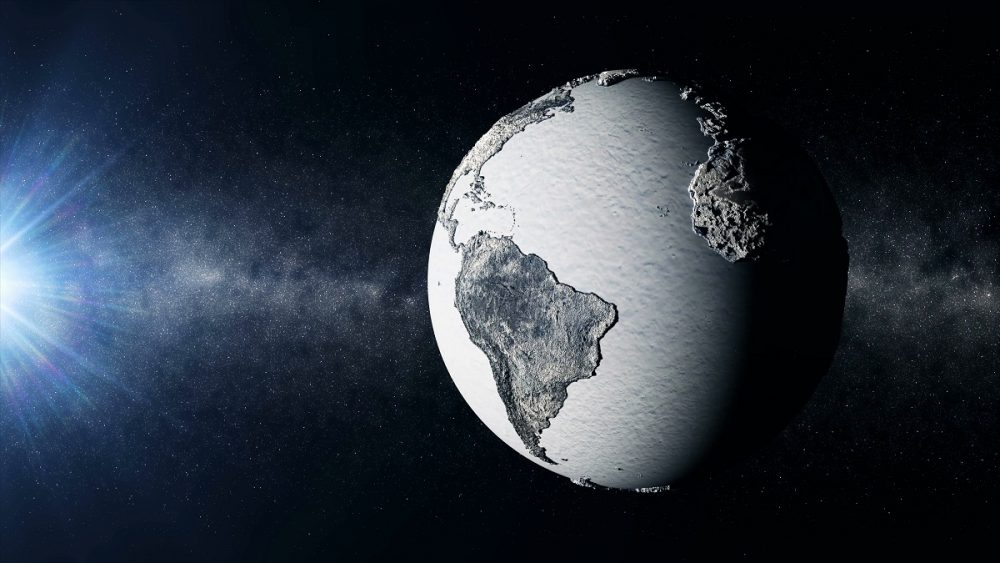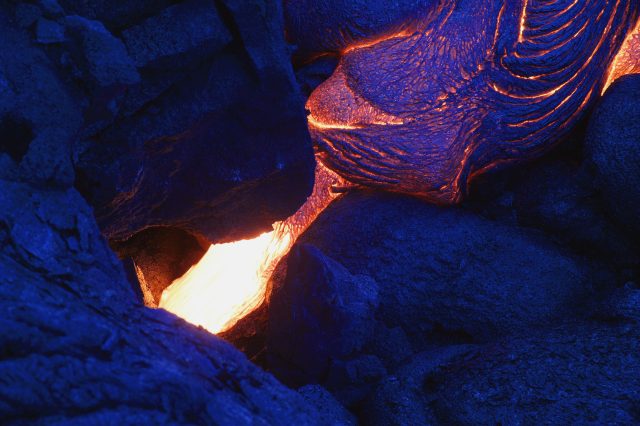It was something similar to what we saw in the "The Day After Tomorrow Movie."
Scientists have revealed that an ocean system similar to the one that triggered a global Ice Age in the Day After Tomorrow movie changed the world’s climate around one million years ago.
Around one million years ago, a longtime pattern of alternating glaciations and warm periods dramatically changed when ice ages suddenly became more prolonged and more intense.
Scientists have long suspected that the slowdown of a key Atlantic Ocean current system influenced the duration of the Ice Ages on Earth.
A new study of sediments from the Atlantic Ocean’s seabed links the slowdown of the Atlantic Ocean current to the massive buildup of carbon dragged in from the air.
The current, known as the Atlantic meridional overturning circulation (AMOC), is of great importance to our planet and its ocean as it transports warm salty water from near the equator to northern Europe.
But several different processes happen as the current transports water.
The colder water originating from the Arctic makes it denser, causing it to sink to the depths. As it sinks, it drags massive amounts of carbon that have been absorbed from our planet’s atmosphere.
This deepwater eventually makes its way back to the south, where much of it ends up reemerging in the Southern Ocean. Unfortunately, scientists have found that this process releases greenhouse gas back into the atmosphere.
The ocean seabed and ocean currents study have provided conclusive evidence that the current slowed down dramatically nearly one million years ago.
Scientists believe this is directly connected with a massive build-up of carbon in the waters deep in the Atlantic and a similar decline of carbon in the Earth’s atmosphere.
This combination of events tossed our planet into a series of Ice Ages that started taking place every 100,000 years instead of the usual 40,000-year-periods.
Scientists refer to this turning point as the Mid-Pleistocene Transition, and the new pattern has persisted right through the last ice age, which ended about 15,000 years ago.
However, the exact reason why this pattern has remained is a scientific enigma. The study clearly shows that the carbon missing from the atmosphere ends up in the ocean, drastically affecting our planet’s climate.
“It’s a one-to-one relationship. So it was like flipping a switch,” said lead author Jesse Farmer, who did the work while a Ph.D. student at Lamont-Doherty.
“It shows us that there’s an intimate relationship between the amount of carbon stored in the ocean and what the climate is doing.”
The study is published in the journal Nature Geoscience.
Join the discussion and participate in awesome giveaways in our mobile Telegram group. Join Curiosmos on Telegram Today. t.me/Curiosmos





